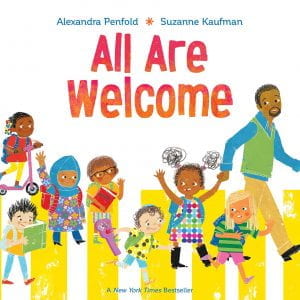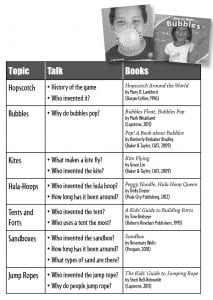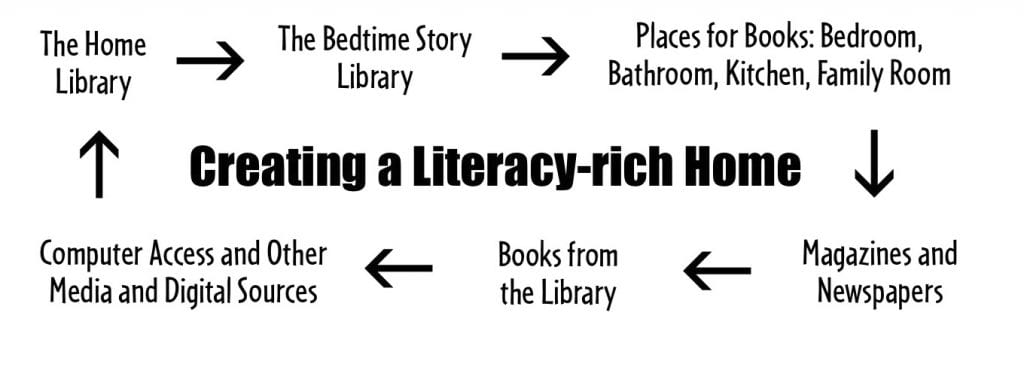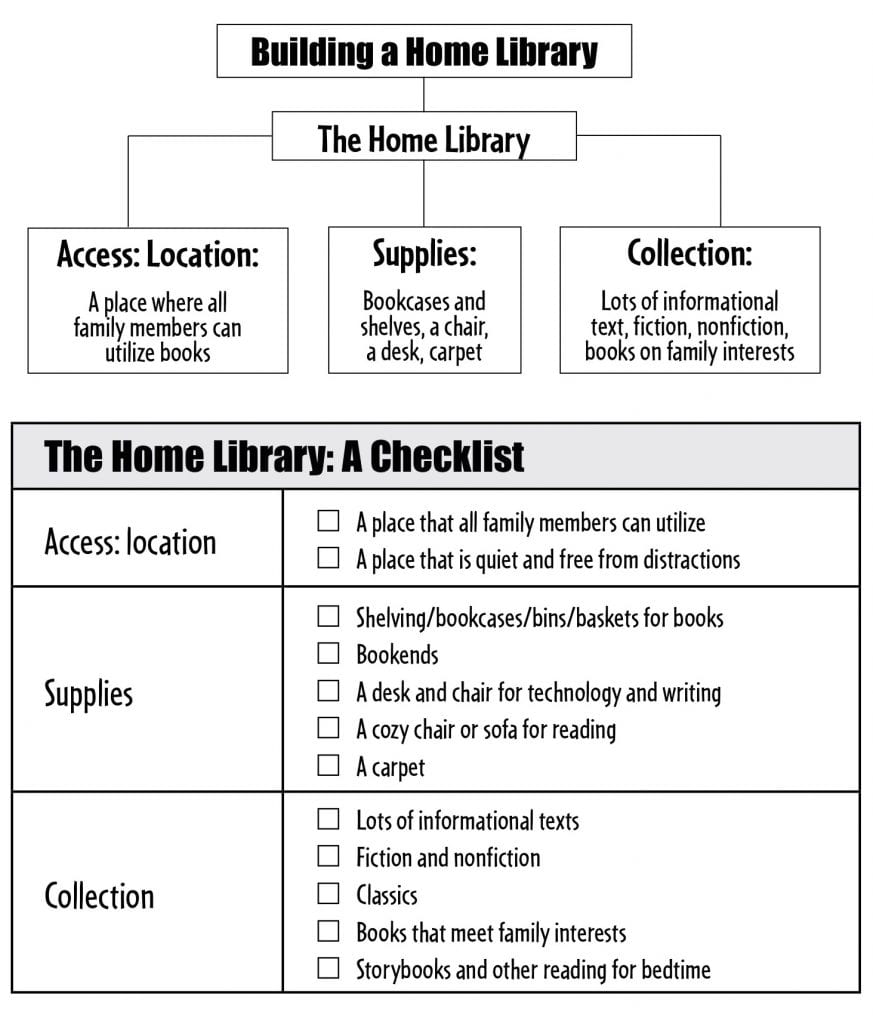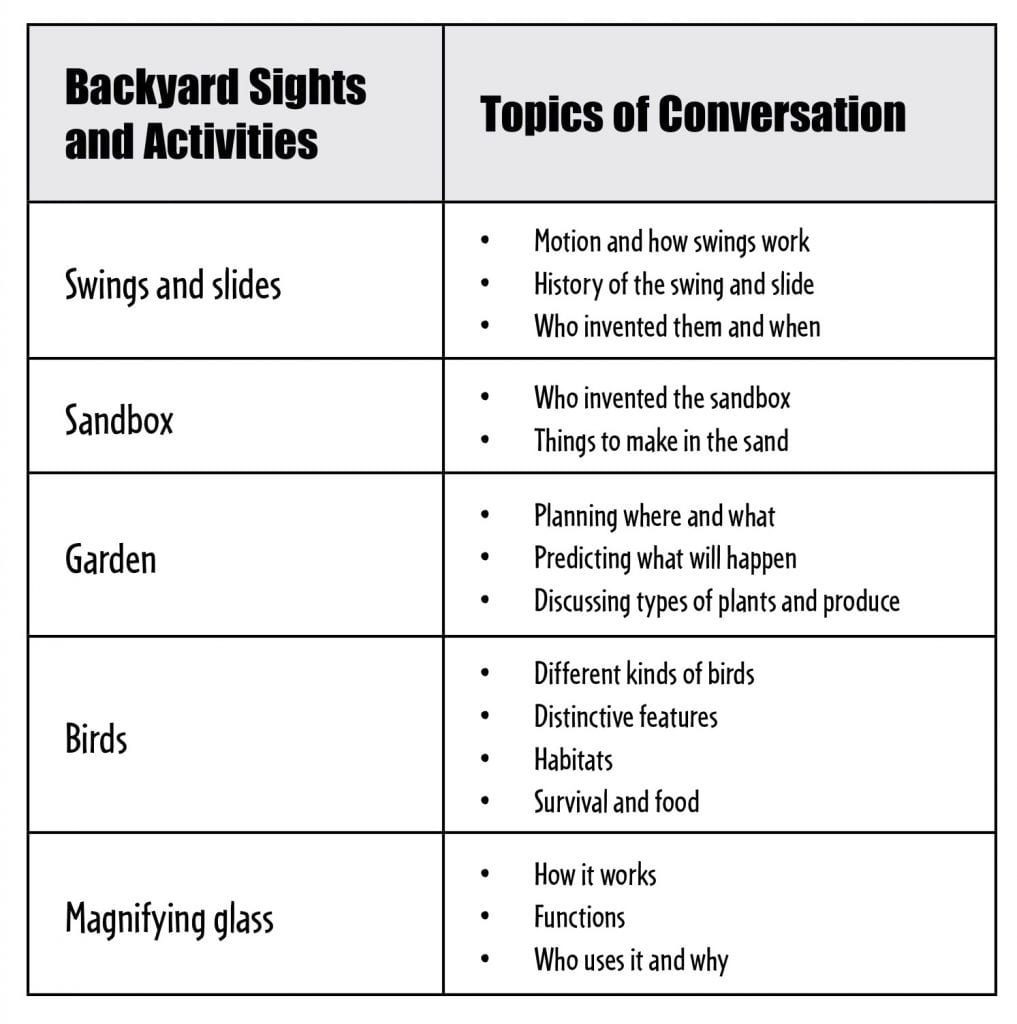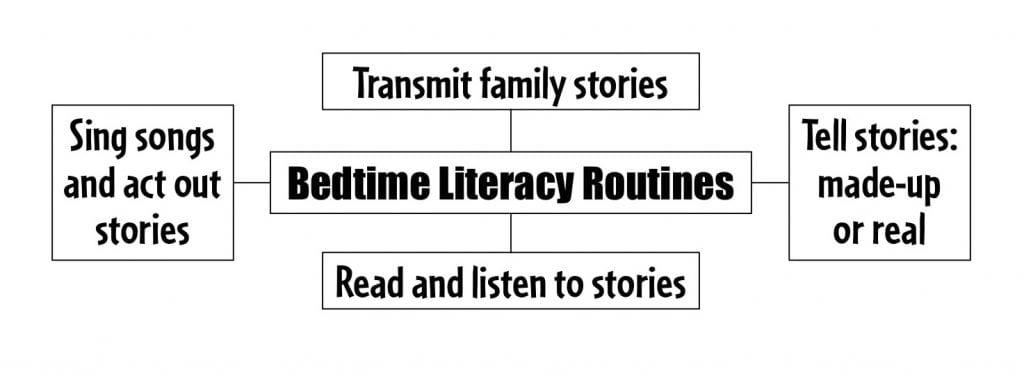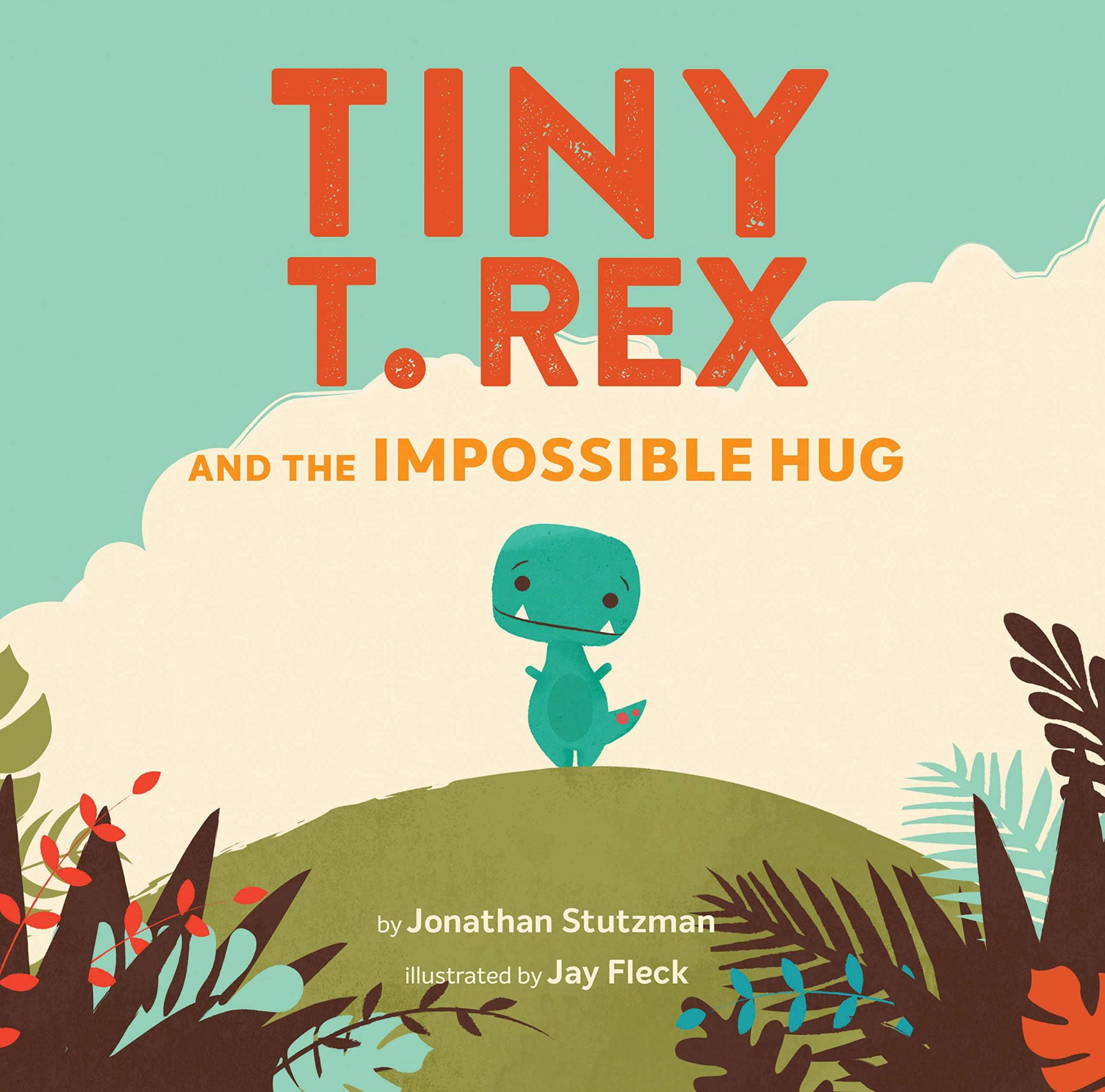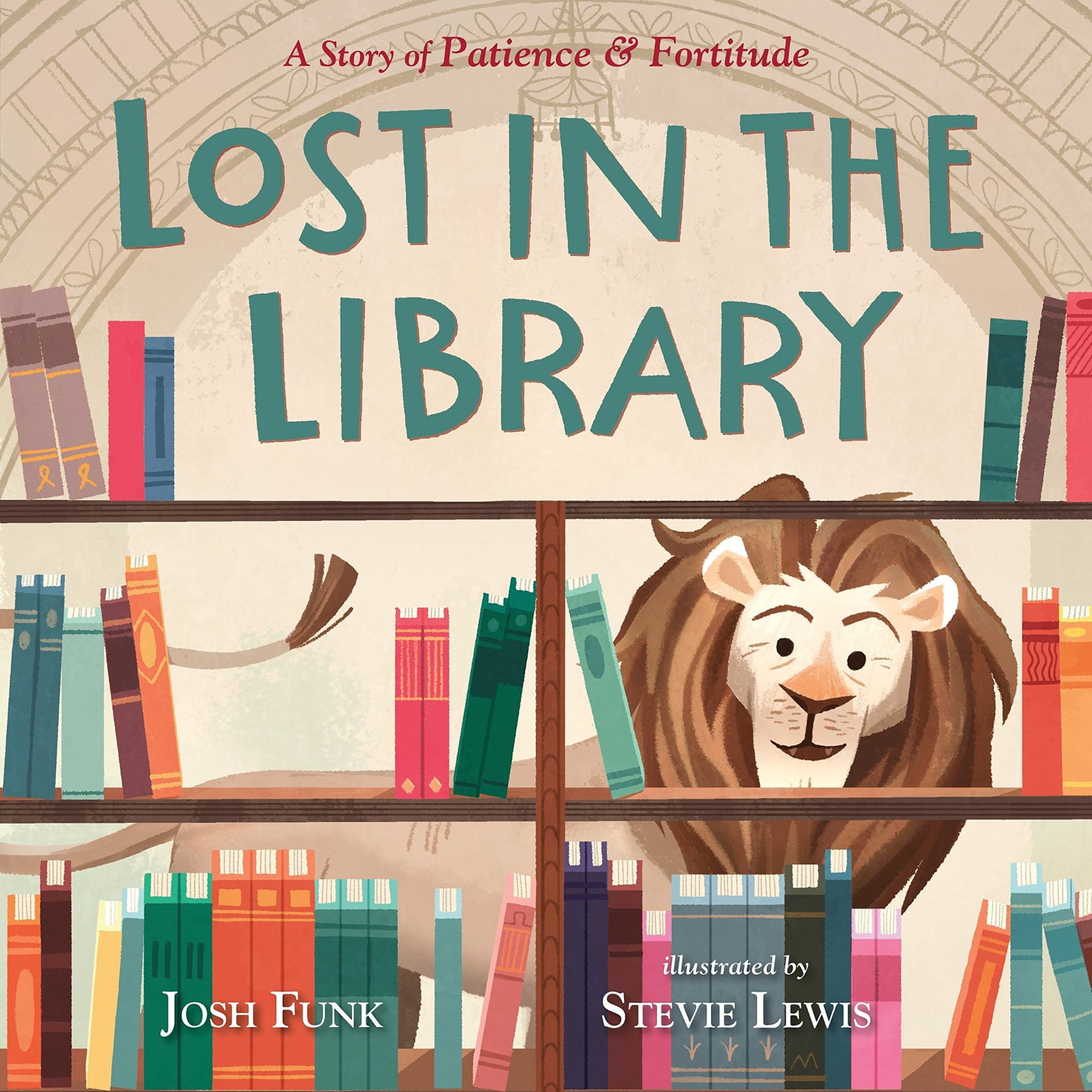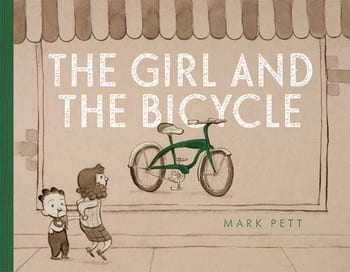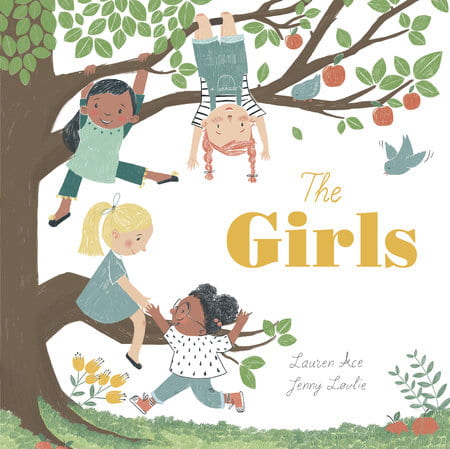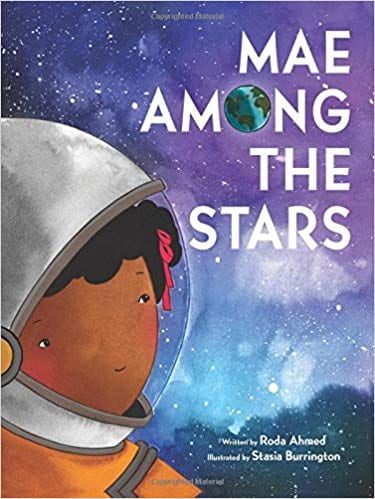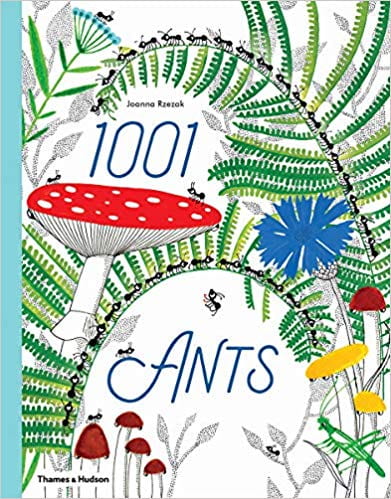Literacy activities at home
There are many ways to incorporate literacy at home. Select one of the many topics to learn more.
Some fun ways to start writing can be as easy as doing little snippets of writing with your child and then reading them together. Here are some activities and snippets to get your child writing.
- Asking your child to write about his or her own life can be one way to get the writing going. Writing from life events allows you and your child to talk and write about shared experiences and time together.
- What Can You Remember? Memory Snippets.
- Write about a special day.
- Write about a holiday.
- Write about the first day of school.
- Write about your birthday.
- Write about a sports event.
- Write about learning how to ride your bike or swim.
- Writing a letter or note to a family member or friend.
- Write a thank-you note.
- Write to congratulate someone on an accomplishment.
- Write to someone about a celebration.
- Write a birthday card and note.
- Write a holiday card and note.
- Write a postcard or letter while traveling on vacation.
- Add special touches like your child’s handprint, “selfie” photos, or a collage made from magazine pictures that fit the theme of the note
- For young children, it is a good idea for them to dictate their stories or writing to you. As they tell you what they want on paper, write it down. This can serve as a way to model writing as well. Children can then read back what has been written.
- For older children, have them write a review of their favorite musician’s latest song or a movie they have seen. Have them write a letter to the editor about a recent topic in the newspaper or a community issue that interests them. This is especially good for helping kids build argument and persuasion skills.
- Send your child a lunch box note and ask for a reply.
Print this Finding the Evidence Game board and these Fiction Cards and Non-fiction Cards for a fun literacy game.
The kitchen is a great place to enhance family literacy as the space draws us together for meals, snacks, conversations, food preparation, and much more. Meals are the perfect time to have conversations about the day. Planning meals together is a great way to introduce interesting words to your child. Looking at cookbooks and letting your child plan a meal encourages creativity and interaction with a specific kind of food language. The kitchen is also a place to promote healthy eating, which can bring in additional literacy activities. Kids can do research on organic vs. non-organic foods, the effects of consuming too much sugar, and other inquiry topics. Getting your child to read and think critically to make informed decisions is an important life skill, and the kitchen offers numerous opportunities. Here are some things you can do:
- Keep a bulletin board in the kitchen to post family activities, a calendar of events, weekly menus, and other important family dates or notes.
- Find a space (wall or cabinet door) to highlight food vocabulary—appetizer, sandwich, jalapeño, balsamic, zucchini, polenta, cantaloupe, marshmallow— and have fun talking about these words and using them in your conversations and meal planning.
- Plan holiday meals and other meal celebrations with your child. Have lots of conversations about what goes into the planning of the meal and what is needed.
- Make grocery and planning lists with your child. Post them in the kitchen.
- Post menus and recipes, and discuss them with your child. Let your child develop and create meals.
- Keep a chore list in the kitchen to show how all family members contribute. Have your child participate in the making of the list.
- For fun, keep a box or basket of pots and pans and other kitchen utensils for your young child to play with. Encouraging play with household kitchen items will elicit conversation, pretend play, and interest in cooking.
Ideas for Younger Children:
- Food and product labels: Help children recognize environmental print around them and realize they have meaning.
- Grocery lists: Model writing shopping lists and share them with your child; cut out food pictures and logos from advertisements or food labels, and have your child create a grocery list using the pictures and labels.
- Playing with print: Use store ads for different sorting activities, such as cutting out words and pictures to be sorted into baskets or bowls by type of items.
- Recipes and cookbooks: Use print and pictures in cookbooks and recipes to start vocabulary discussions.
Ideas For Older Children:
- Have your child find a recipe and read it to you as you cook.
- Have your child put the ingredients in the correct sequence of use.
- Have your child measure the ingredients.
- Have your child plan meals, find recipes, and research nutrition and health benefits of foods.
Be literacy role models at home by showing your love of reading and creating reading spaces and an environment rich in print:
- Let your child see you reading and writing at home often.
- Make a special effort to talk to your child about the purposes of your reading and writing. (“I’m reading the newspaper to find out …” or “I’m looking up a recipe for …” or “I’m writing a letter to ….”)
- Stress the importance of literacy in daily life activities (e.g., banking, driving, shopping, paying bills, etc.).
- Use free time or make time to read on long car, plane, bus, or train rides.
- Talk about the books you are reading with your child.
- Talk about reviews of books that you hope to read, sending a message that this is a continuous process and you’re always interested in reading more.
- Have lots and lots of conversation within your family.
Seasons and nature walks let you explore literacy outdoors. The fall is a great time to collect leaves and identify them by tree name. I have many great memories of doing this while growing up and also with my own children. Leaves can be saved and preserved by pressing them in books and ironing them between wax paper. These make nice bookmarks as well. Spring is a time to observe signs of new plant or flower growth. Planting seeds is a nice way to help children anticipate and predict at the non-print level. Ask “what do you think will happen next?” and read books on plants and flowers to enhance the important skill of prediction. Winter walks turn into a magical wonderland when snow appears. Investigating how a snowflake or icicle is formed adds important information to a child’s background knowledge. Summertime is perfect for spending hours outside observing the clouds in the sky, birds, insects, sandy beaches, and more. Oceans, lakes, rivers, and even small streams let your children observe fish, ducks, and other creatures. Discuss and research the life cycle from a tadpole to a frog, or learn how shells form. Here are a few more ideas from nature:
- While out on nature walks, take photographs of the same place, object, or scene over time and compare the changes. These photos are a way to document changes in seasons.
- Check out clouds, take pictures, and label the type, such as cirrus, cirrocumulus, cirrostratus, altostratus, and others. Study cloud formation, fog, and other aspects.
- Make a book out of the photographs, and write about the nature walk. Add artwork to the book along with pressed flowers and leaves.
- Make a rubbing of tree bark, and identify and label the tree on the rubbing. Make it into a book.
- Use white colored pencils and black construction paper to draw a picture of a winter wonderland. This is great for capturing trees after a snowfall. Write a story to go along with the pictures.
- Build a bird feeder with your child, and place it where you can observe it all year round. Pay attention to the feeder with your child and keep track of the birds that come. This is a nice way to study different kinds of birds.
- For older children and teens, encourage ways in which they can be involved in nature, sustainability, and the environment, such as getting involved in community and neighborhood events.
- As a family, talk about how you appreciate all that nature has to offer on a daily basis. Discuss your favorite parts of your favorite seasons.
Take your nature walks a step further and start a collection:
- Collect rocks and study the patterns, textures, colors, and sizes. Research the different types of rocks in your geographic area.
- Collect seashells and describe the colors, shapes, and locations where they were found.
- Collect leaves and make a leaf collage, labeling the different types of leaves.
Having fun with seasonal words can be as easy as posting them to a bulletin board in the kitchen and having conversations about them. Other easy activities include watching The Weather Channel or local weather reports and tracking weather patterns both in the newspaper and on the computer. Finding print and other digital sources to look up the words helps build vocabulary and your child’s knowledge base.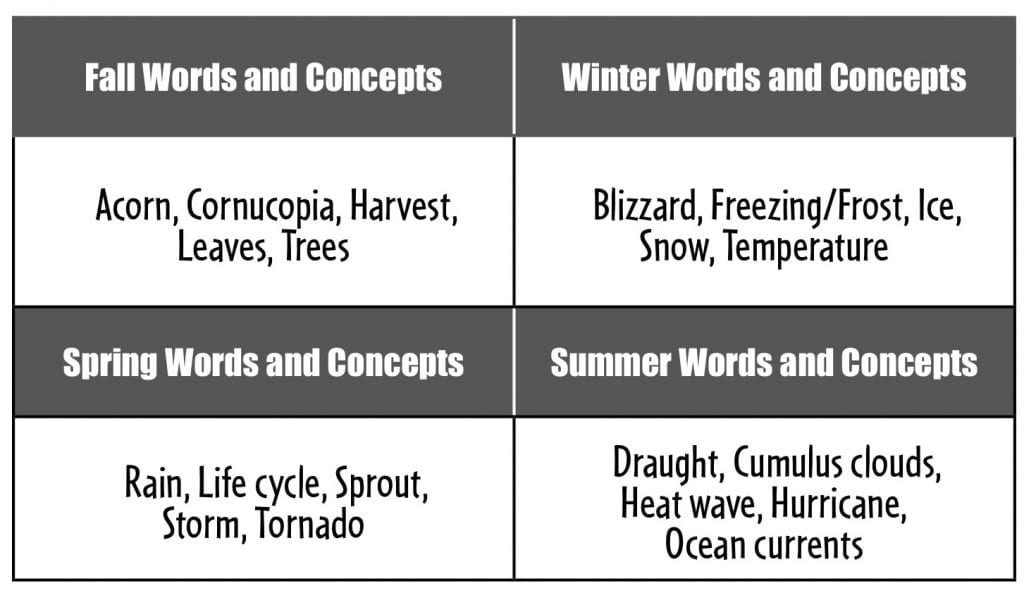
Book clubs are a great way for families to enjoy reading and discussing books together. Book clubs involve people meeting to discuss a book they have read and expressing their opinions, likes, dislikes, and other types of responses.Book club integrates reading, listening, speaking, and thinking in authentic ways that make sense to children and parents. To get started with family book clubs:
- Pick a day and time that works for the family. If you have young children, picture books could work weekly. Chapter books for older children might require more time between club meetings.
- Let your child pick out the book club selection. You might consider providing a list of book club possibilities to choose from. Use this document to help with book club picks.
- Let your child pick snacks and drinks. Consider meeting at a restaurant or a favorite family spot.
- Invite friends and neighbors to join your book club.
- Set some ground rules, and highlight respect for each other’s responses.
- Book club selection can also include informational text, nonfiction, newspaper articles, and magazines.
- Have your child keep a book club journal and write down things he or she wants to remember to bring up during book club.
- For older children and teens, encourage them to start their own book club with their friends.
Once you get your book club off and running, you might consider planning a family dinner around the theme of a book. You can have your child help you create a menu, decorations, and activities that are based on the book.
Games help children learn how to follow directions and take turns and can strengthen reading and critical-thinking skills. Below are some great ways to make literacy part of play and games. Select the image to enlarge, print and use.
There are many educational games that focus on language and literacy, along with critical-thinking skills, such as Boggle and Scrabble, which both promote spelling, vocabulary, and sight words. Here are some ways you can use games to focus on literacy:
- Make a game out of your child’s weekly spelling or vocabulary words (match synonyms and antonyms, words with definitions, etc.).
- For younger children, look for “junior” versions of games like Scrabble and Boggle.
- Play travel versions of games while on vacation.
- Check out garage sales and resale shops for games.
- Set aside a time for family game night.
- Watch a video on how to play hopscotch.
- Watch a video on jump rope rhymes.
Online Game Resources for Families
- MindFun: Trivia games, word puzzles, brain games, and more
- Printable Board Games: Free printable game boards and word cards that can be used for any grade level and skill
- Discovery Education’s Puzzlemaker: Create your own free puzzles online
Creating a special place for books shows your children the importance of reading. Creating a home library can be a fun, simple project that will produce endless learning opportunities for your family.
When selecting books for your home library, it will be important to choose a wide variety of books that meet your family’s interests and ages, and not all of the books need to be brand new. Places to purchase used books include garage and yard sales, public library book sales, used bookstores, resale shops, and online sites.
Possible Collection Ideas
- Picture books
- Realistic fiction: books on diversity and world
- Cultures, animal stories, sports stories, mysteries
- Folktales, fables, myths
- Fantasy and modern fairy tales
- Historical fiction
- Science fiction
- Nonfiction books: concept books, picture books
- Specialized books, craft books
- Poetry
- Biographies
- Magazines and newspapers
Technology and the Home Library
Technology supports literacy and should be an important component in the development of the home library. This space should be a place where children can access electronic text. This will be especially important for older children and teens as they read on e-readers and computers and use cell phones to access the world. Technology has become an important part of learning and should be promoted in the home.
The Bedtime Story Library and Collection
One way to encourage nightly reading is to provide access to books near your child’s bed. A bedtime story library doesn’t need to be elaborate. Rather, it should have enough space to make nighttime books available.
- Tuck some books under the pillow in the morning, and surprise your child with a different selection each night.
- Keep a basket of books near the bed for easy access.
- Set up a small bookcase that is dedicated to bedtime reading. ° Include big and little books, fiction, and nonfiction.
For more information on creating a Home Library, read Living Literacy at Home: A Parent’s Guide
Newspapers are a great way to foster family discourse or discussions about the world. They can spark real debates about important current issues and events. Instructional shifts include students reading at least 50 percent informational and complex text. Newspapers provide the perfect way to combine your child’s interests with current issues in an informational text format.
- With younger children, start with an article title (making sure that it is appropriate for your child’s age) and discuss predictions of what the article might be about. Use the pictures to predict and/or infer what the information will be about.
- Point out the different sections of the newspaper, and see if your child shows an interest in a particular category of news. Many newspapers have sections written especially for kids.
- Talk about how reading the newspaper is a different kind of reading experience and has a different purpose from reading books.
- Get into the routine of reading some sections or headlines out loud and other sections silently. Your child will no doubt find an area of interest to read silently.
- For older children, ask questions about information within the newspaper and request evidence in the response.
- Debate and discuss an article to show how you don’t always have to agree with an author. Editorial sections of the newspaper are great for starting these kinds of discussions.
- Focus on the photographs within the newspaper, and discuss their alignment to the article.
- Use the newspaper as a way for your child to keep up with current events in the world and your local community.
- Ask questions about a particular feature and make connections to your family. Ask for reactions from your child.
Online News Sources and News Magazines
- Dogo News (kid-friendly site with stories, pictures, videos, world events, sports, music, entertainment, and more)
- Newsela (online news for kids specifically intended to build reading comprehension)
- Sports Illustrated Kids (sports for kids)
- TIME for Kids (a news magazine just for kids)
Telling family stories is a terrific way to share and preserve your family history. These stories help children understand their past and make meaning from their present life. Stories you tell to your own children can include what you remember from growing up, along with stories your parents and grandparents may have shared. Some possible story starters for transmitting your family story could include:
- Share what you know and remember about your grandparents’ lives growing up, including where they were born and raised.
- Talk about where you were born and raised.
- Tell a story about your first day of school and other school-related experiences.
- Share a story about how you celebrated holidays growing up.
- Tell about a special day that is dear to you from growing up.
- Tell about a special birthday that you celebrated when you were young.
- Tell about your first time learning how to ride a bike or swim.
- Tell stories over time about your life growing up, and include how you have gotten to where you are now.
- Use pictures and artifacts to begin a story or to add details about an event.
Reading every night is an important goal in establishing strong home-school partnerships. Here are a few tips for the nightly routine:
- Start with classics and favorites, and go back to them whenever you want. It is fine to read a book over and over. Children love repeated readings and never seem to tire of the old favorites like Goodnight Moon by Margaret Wise Brown.
- Be sure to point out the author and illustrator, and make a big deal about the front cover of the book.
- Read every night. Establish a routine by reading at the same time each evening. Always turn off the TV and limit other distractions.
- Make a bookmark with your child that is just for bedtime reading. Write on the bookmark to keep track of stories read. Write “What do you think is going to happen next in the story?” on the bookmark as a reminder to ask this important question.
- Mix up the reading materials and include nonfiction informational texts.
- Ask simple prediction questions as you read, such as “How do you think the characters will solve the problem?”
- Keep books near the bed, and establish a bedtime story shelf or nook. ° Keep favorite books under the pillow for easy access.
Singing songs can be a nice way to have fun with your child before bedtime. Traditional songs, play rhymes, and nursery rhymes work well. Songs work especially well when you are transitioning from one routine to another, such as after dinner or homework to bath time. Teaching your child the song first makes it very easy for them to then read the words in print. Here are some classic songs to listen to and print out the words for reading and singing:
- “London Bridge Is Falling Down”
- “Old MacDonald Had a Farm”
- “Row, Row, Row Your Boat”
- “The Alphabet Song”
- “The Farmer in the Dell”
- “The Itsy Bitsy Spider”
- “Twinkle, Twinkle, Little Star”
- “Yankee Doodle”
- Be interested in and excited about the book or materials you read with your child.
- Select fiction and nonfiction stories and informational text that includes content about the world, nature, science, and other topics of interest to your child.
- Use different voices and change volume when you read so that your child learns about what reading with expression sounds like. Whisper for a soft message, and raise your voice for a loud thought. Read as if you are the character and be as animated as possible. Use facial and vocal expressions. Exaggerate your speech when appropriate. Use props for extra fun.
- Keep the book wide open when you read so your child can see all the illustrations. Point out the title, author, and illustrator on the book’s front cover. Stop and talk about the illustrations on the cover and on each page.
- Highlight words as you read. Stop and talk about an interesting word and use it in context for your child to understand the meaning.
Dramatic play or pretend play is a way of representing the story or narrative. Pretend or dramatic play can be based on a made-up story or a spin-off from an existing story. Pretending is a critical dimension to language and literacy development because it takes children out of the here and now and allows them to use their imagination. Imagination is necessary for both reading and writing. You can encourage pretend play by doing the following:
- Keep a box of props—hats, bags, accessories, and other dress-up items—so your child can act out and pretend play.
- Make puppets from socks and small brown paper bags to have fun with when reading, making up stories, and acting out stories.
- Make a flannel/felt board, and cut out characters and scene pieces to align with stories you have read and made up.
- Have your child retell stories you have read and listened to.
Keeping a daily journal at home is a great way to promote authentic writing. For younger children, encourage them to draw pictures and add more text to their pictures as they progress. For older students, encourage a more detailed journal with more frequent entries or a blog written on the computer. Making a journal with a notebook and supplies for decorating it (glue, stickers, scissors, and pictures) can be fun for your child. Here are a few journals you can encourage at home:
- Appreciation Journal: Teach your child the importance of appreciation, and model your own appreciation for everyday life. Ask your child to write about one thing he or she appreciates each day.
- Art Journal: Drawings and paintings can be a great way to communicate ideas and feelings. Use colored pencils, special paper, finger paints, and different types of brushes for a variety of techniques in this image-based journal.
- Online Journal or Blog: Blogs can provide an interactive outlet where older children and teens can post journal entries, links, pictures, and more. A blog can invite others to participate in the conversation as well.
- Collage Journal: Tear or cut out pictures from magazines or other sources to create a collage representing an experience, a future dream, or something more abstract. Make a collage entry from a vacation, a trip, or an experience that includes artifacts from the event (tickets, photos, maps, etc.).
- Photo Journal: Using photographs with text is a great way to document an experience. Children can also paste and write about photos from magazines. This can be a precious keepsake for your child.
- Sports Journal: Children can write about a sport they are learning or a sporting event they attended. Mementos like ticket stubs and scorecards can be pasted in the journal.
- Travel Journal: Chronicle the events of the trip, and include photos and artifacts.
Books Written in Diary Format:
- Artichoke Hearts by Sita Brahmachari (Macmillan, 2011)
- Diary of a Wimpy Kid by Jeff Kinney (Amulet Books, 2007)
- Diary of a Wombat by Jackie French (Houghton Mifflin Harcourt, 2002)
- Middle School Is Worse Than Meatloaf by Jennifer L. Holm (Simon & Schuster, 2011)
- The Secret Diary of Adrian Mole, Aged 133⁄4 by Sue Townsend (Puffin, 2009)
- Zlata’s Diary by Zlata Filipovic (Penguin, 2006)
Homework can help foster greater understanding and communication between teachers and families. Parents gain insight into what is being taught in the classroom, and teachers learn about the family dynamics of their students. Parents should view homework as a positive experience and model a confident attitude toward the value of completing work and succeeding in school. Consider these homework guidelines:
Set up a Homework Center
- Create a homework center where your child can study quietly at the same time each day without distractions.
- Be close enough to the homework space in order to monitor and be available for help and support.
- Have access to computers and printers at the homework center.
- Set up a homework center supply box that includes all the necessary things to complete homework assignments and projects; replenish often.
- Use bright lighting and ensure a low noise level in the homework center.
- Organize homework assignments at the beginning of a homework session.
- Use an age-appropriate assignment notebook and plan adequately for short- and long-term assignments.
- Hang a homework calendar in the kitchen, and post assignment due dates as soon as they are assigned.
- Have wall hooks near the homework center. This will keep the workspace less cluttered and also allow for a place to store backpacks.
Helpful Hints
- Take homework seriously, and be sure to make it a family priority.
- Get an assignment notebook for your child, and teach him or her how to use it.
- Set aside time each day for homework and assume that there will be assignments to complete. Plan a homework schedule/routine.
- Talk about homework assignments with your child, and let him or her know that you have high expectations. Encourage your child to ask questions and be an advocate for him or herself, especially when unsure of how to complete a homework assignment.
- Use homework as a way to teach your child about time management. With your child, estimate how long assignments will take to complete and plan accordingly. Often, children will underestimate the time needed to complete a homework assignment.
- Provide feedback and watch for any signs of your child getting frustrated during the homework assignment.
- Provide guidance without taking over your child’s homework.
- Turn off the TV during homework time.
- Be sure to provide breaks and free time during homework.
- Don’t give answers; rather, provide clues and information to help your child seek out the answer or solve the problem.
- Don’t hesitate to contact your child’s teacher if your child experiences difficulty in understanding an assignment. This happens to many children, and teachers are happy to help.
- After-school playdates can include getting the homework completed.
- Try to get homework done at a reasonable time, so your child can still relax and have some downtime.
- Develop a plan for getting homework if your child is absent from school. A homework buddy can be a big help so your child does not fall behind.
- Consider ordering a set of textbooks to keep at home. Often these books can be purchased used and at a reduced price. This will help if your child forgets a book needed for the assignment.
Online Homework Resources
- Britannica Kids: Offers a free online encyclopedia with articles, pictures, facts, topics, and more
- HomeworkSpot: Homework resources organized by subject and grade level
- KidSource: Daily tips, homework helpers, articles for parents, advice, and ideas
- Sports: Attend or watch games on TV or listen to them together on the radio. Try attending a sporting event and learning something new with your child. Sporting events are perfect for follow-up activities, including more reading and writing about the event, making a book, or keeping a scrapbook of artifacts collected. Research the different histories and heroes of sports. Read biographies and autobiographies about sports heroes. Read the newspaper sports section, and check out sports magazines at the library or subscribe to them.
- Entertainment: Check out community theater events for families and children, or find one to livestream. See a play, puppet show, concert, or musical. Read the book and then watch the movie or ballet and discuss with your child which one you liked better with detail, evidence, and comparisons. Write about the event, including a review of the performance.
- Travel and Recreation: Plan a vacation, and let your child help make decisions and choices. Get travel information and brochures, and spend time reading and having conversations about the destination. Look at maps and study the area of the destination. Plan your vacation around special family events at your destination. Talk about your modes of transportation (air, car, train, or boat). Have fun looking into different options and daily schedules for your trip.
- Household Chores: Teach children early on about taking responsibility for household chores. Make lists of chores for your child to accomplish, and teach him or her related words as you go: vacuum, dust, mop, make your bed, laundry sorting, and folding. Let your child add chores to the list. Be sure to make a list of the cleaning supplies you will need to accomplish the chores.
- Turn Your Favorite Book into a Game: For suggestions, check out the book Journey to Game Land: How to Make a Board Game from Your Favorite Children’s Book by Ben Buchanan, Carol Adams, and Susan Allison.
- Frequent the Library: Make a big deal out of going to the public library and especially getting a library card for your child. Set aside time each week for the library visit and make sure it goes on your family calendar. When traveling and on vacation, stop by the local library. Many public libraries are charming places to visit and photograph.
- Nature: Take advantage of the outdoors and utilize every aspect as a literacy opportunity. Follow the seasons of the year and use nature as a springboard for authentic learning. Explore the outdoors and model inquiry questions for your child, such as “Where does a raindrop come from?” Use these experiences to align with books about nature and the natural world.
- Family Game Night: Set aside a night to have fun playing games with your family. Let your child know that this is a special time to have fun. Make the learning indirect.
- Drawing and Art: Use drawing and other art activities to promote literacy. Use drawing and art with writing, and add illustrations to the text. When reading a story, keep a dry-erase whiteboard close by so you can ask your child to draw the answer to questions, such as “What do you think is going to happen next in the story?”
- Go on a Reading Picnic: Pack your lunch, add some books, and head outdoors for a reading picnic. Use this time to read aloud or read to yourself while your child reads.
- Tents and Forts: Rainy days are a perfect time to get out all the blankets and sheets and let your child make a tent or fort in the house. Bring a flashlight and books inside for a fun place to read.
- Celebrations: Celebrations are something that families should document through photos, scrapbooking, journals, and more. Celebrations can be both small and big and elicit many different kinds of literacy activities, including through social media.
- Family Calendar: Keep a large family calendar in the kitchen or family room as documentation and a planner for all family events. Refer to it often and have conversations about upcoming events. Encourage your child to add events to the calendar, check off completed events, and more.
- Scrapbook: This is a great way to document experiences with your family using photographs and other artifacts, collections, and more. Have your child write about the experience and add it to the scrapbook. Create a space in your home for this special activity, and make it an ongoing and authentic part of your family.
- Puzzles: Utilize the crossword puzzle in the newspaper daily. Engage the entire family in solving the word puzzles together. Leave it out on the kitchen counter with a note to “Take a turn.”
- Love and Label Your Environment: Label a few objects in your environment to help your child learn new words. Some examples might include “mirror,” “bathtub,” and “shower” in your bathroom. Have fun with the words, and give your child time to learn the words before adding more. Two or three words at a time are just fine.
- Build a List of Favorite Books: Begin a list of favorite books read by family members and add to it. Keep this list where everyone can see it and contribute to it. Talk about the books as you are reading them.
- Humor: Read funny stories and laugh. Post a joke or riddle of the day in the kitchen.
- Comic Books and Comics: Don’t forget to include comic books as another way to engage your child in a variety of types of reading pleasure. Comics are fun and tell a story, and your child will infer through context and pictures. Include classics like Archie and Spiderman. Check out the comics in the newspaper as well.
- Collections: Collect objects and artifacts of interest. These can start with a trip, a visit to a museum, or just a walk along the beach. Collections can turn into hobbies and be a terrific way for children to inquire about the objects.
- Start a Neighborhood Book Club for Kids: A neighborhood book club can be for both young children as well as for older children and teens. Younger children will need the organization and structure to decide what to read and where to meet. Older children can manage this by themselves and make decisions about what to read.
- Get a Globe: Place your globe in a space where there is easy access for the family to explore. Help your child learn geography by pointing out the countries in the world. Extend the activities to a map.
- Swap Books: Start a program, like a Little Free Library, in your neighborhood, church, school, or other places where you and your family have read a book or where you can exchange books. These can function with little management.
- Read to Your Pet: If you have a pet, this can be a great way to encourage your child to read. Reading to a dog, cat, or fish can give your child an opportunity to read aloud for fun and use expression without having to worry about reading every word correctly. The purpose of this activity is fun, but it also builds confidence by reading aloud.
- Buy Books as Presents: Every time you or your child needs a gift, think of buying a book as the present. Holidays, birthdays, and other celebrations are the perfect way to show your child that reading is so important that you give books to others as gifts.
- ABC Teach: Free printable activities for kids.
- American Library Association: Great resource for checking out award- winning books like Caldecott Medal and Newbery Medal winners.
- Between the Lions: Get Wild about Reading: Companion site for the PBS television series that includes more than 70 illustrated online stories, activities, interactive games, printable text, and much more.
- Boys Read: An organization of parents, educators, and librarians whose mission is to transform boys into lifelong readers.
- BrainPOP: Animated curriculum content that engages students.
- Carol Hurst’s Children’s Literature Site: Resources for both home and school that include books for children and activities for using them.
- Center for Parenting Education: Offers parenting support by building off of families’ strengths so that children thrive academically, socially, and behaviorally.
- Children’s Book Council: An organization dedicated to promoting and encouraging the enjoyment of children’s books. You can find resources about authors and illustrators and information on National Children’s Book Week.
- Cooperative Children’s Book Center (CCBC): A link to 50 multicultural books every child should know.
- Family Education: Resources, quizzes, games, after-school activities, and much more.
- Fun English Games for Kids: Great resource for learning English that includes games, activities, videos, and more.
- Imagination Soup: Features comics, games, graphic novels, information about authors, and more.
- International Literacy Association: Professional organization (formerly the International Reading Association) that announces Children’s Choices books (100 titles), Teachers’ Choices books (30 titles), and Young Adults’ Choices books (30 titles).
- Kids Comics: Helps you find a kid-friendly comic book store in your area; features new comics, upcoming comics, and links to graphic novels.
- Multicultural Children’s Literature: Covers multicultural literature and summarizes the books in an annotated bibliography.
- National Association for the Education of Young Children (NAEYC): A professional organization promoting high-quality learning for all children from birth through age eight by connecting policy, practice, and research.
- National Center for Families Learning (NCFL): Works to strengthen and broaden approaches to family literacy, building on advancements in education and technology as well as the changing needs of families.
- National Summer Learning Association: Provides resources, guidance, and expertise to the summer learning community.
- New York Public Library Digital Collection: Includes a database of more than 600,000 images from art, humanities, sciences, performing arts, and more. The collection includes podcasts, videos, animated talking books, and much more.
- Parent Teacher Association (PTA): This association provides information to help families get involved in their child’s school. Also includes many other issues relevant to today and raising children.
- Reading Is Fundamental (RIF): Organization that provides free books and literacy resources with the mission of motivating children to read by working with parents and the community. Site includes extensive resources for parents, including booklets, articles, brochures, and multicultural resources.
- Smithsonian Virtual Field Trip: Take a panoramic, room-by-room, virtual tour of the Smithsonian Museum.
- The Idea Box: Community-driven website that provides literacy activities that can be done at home with your child.
- TOPICS Online Magazine for Learners of English: An online magazine where English language learners can participate and express opinions and ideas on topics of interest. Students share with others who are learning English.
- White House Virtual Tour: An up-close and personal look at one of the most famous places in the world. You can click on any room that you want to visit.
